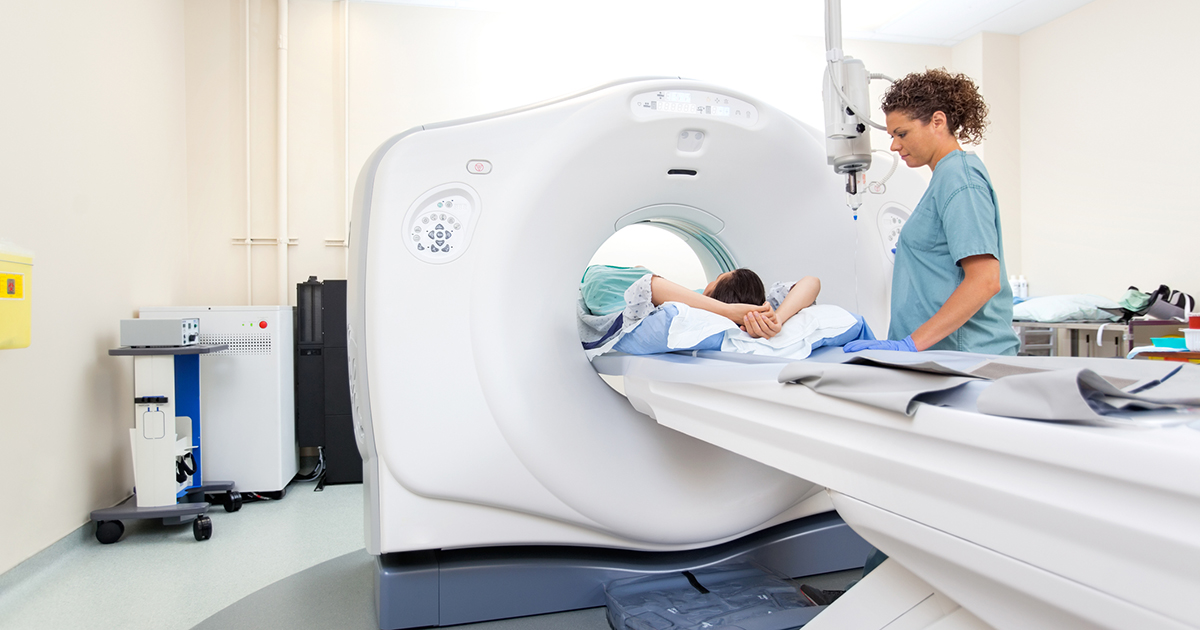Diagnosing And Treating A Cholesteatoma
A cholesteatoma is a destructive, noncancerous growth that expands throughout the middle ear. It begins as a cyst that sheds dead squamous epithelial cells, and these keratinizing, or hardening, cells keep building upon each other accumulating fluids, debris, and sebum. As it grows, it can destroy the small middle ear bones affecting balance, facial muscles, and hearing. Ultimately, it can cause vertigo and especially hearing loss. It is caused by a congenital disability as an abnormal growth inside the ear canal or from repeated inner ear infections. Sometimes, it is caused by the eustachian tubes not properly functioning regulating air flow and pressurization. Learn about how to diagnose and treat a cholesteatoma now.
Hearing Tests
Hearing tests are often the first diagnostic test performed when a cholesteatoma is suspected or confirmed. These tests, performed by an audiologist with an audiometer, are designed to figure out the level of hearing and therefore, the extent of damage from the cholesteatoma. Hearing sensitivity is tested at different frequencies. Patients will wear headphones while short tones are played and respond to which side the tone is heard on, if at all. Another type of test involves repeating words spoken through the headphones at different volumes. These tests can be done in as little as thirty minutes and are painless. Hearing loss occurs with a cholesteatoma when it grows into the delicate ear bones. Though hearing cannot be regenerated once lost, it can be enhanced with hearing aids.
Continue reading to reveal more ways to diagnose and treat a cholesteatoma now.
Computerized Tomography Scan

A computerized tomography scan, or CT scan, is a series of X-rays that can determine how far a cholesteatoma has grown into the bones of the ears and mastoid process. Narrow X-ray beams go through the body as the scanner circles around the patient. It takes multiple pictures of the area layered on top of each other to provide more detail than regular X-ray images. This allows for an all-around view of the cholesteatoma, which is especially helpful if the doctor has planned for its removal, as it will show the doctor the amount of bone erosion the cholesteatoma has caused. Though quite detailed, a CT scan cannot often differentiate between scar or inflammatory tissue and cholesteatoma tissue.
For even more detail, magnetic resonance imaging (MRI) may be necessary.
